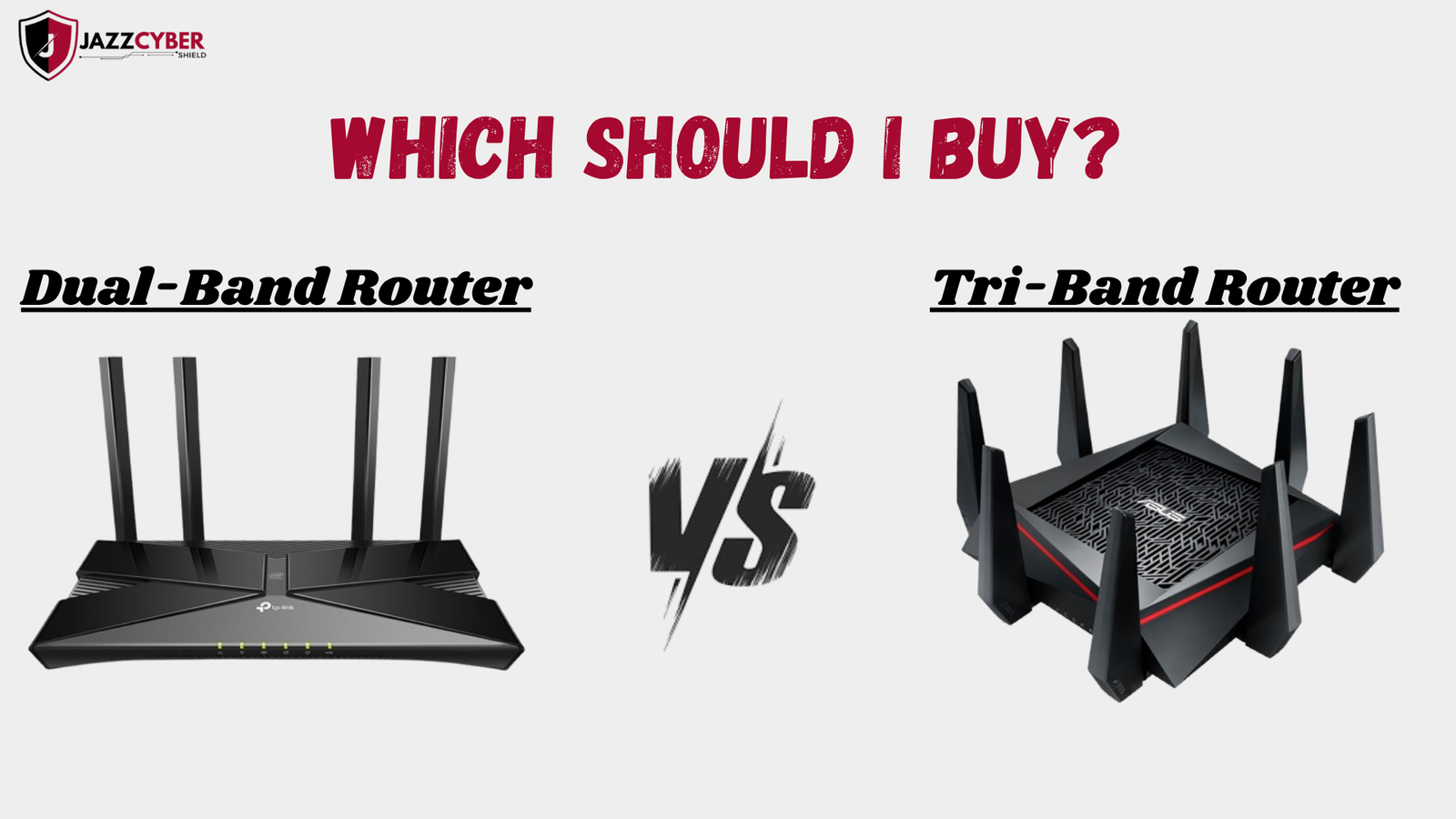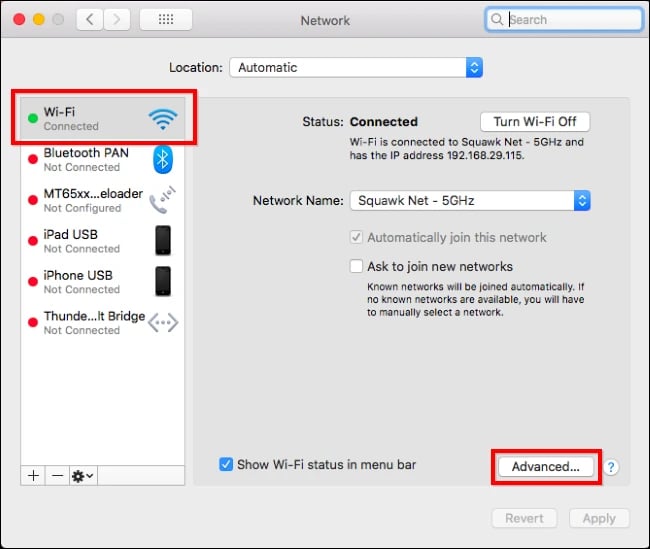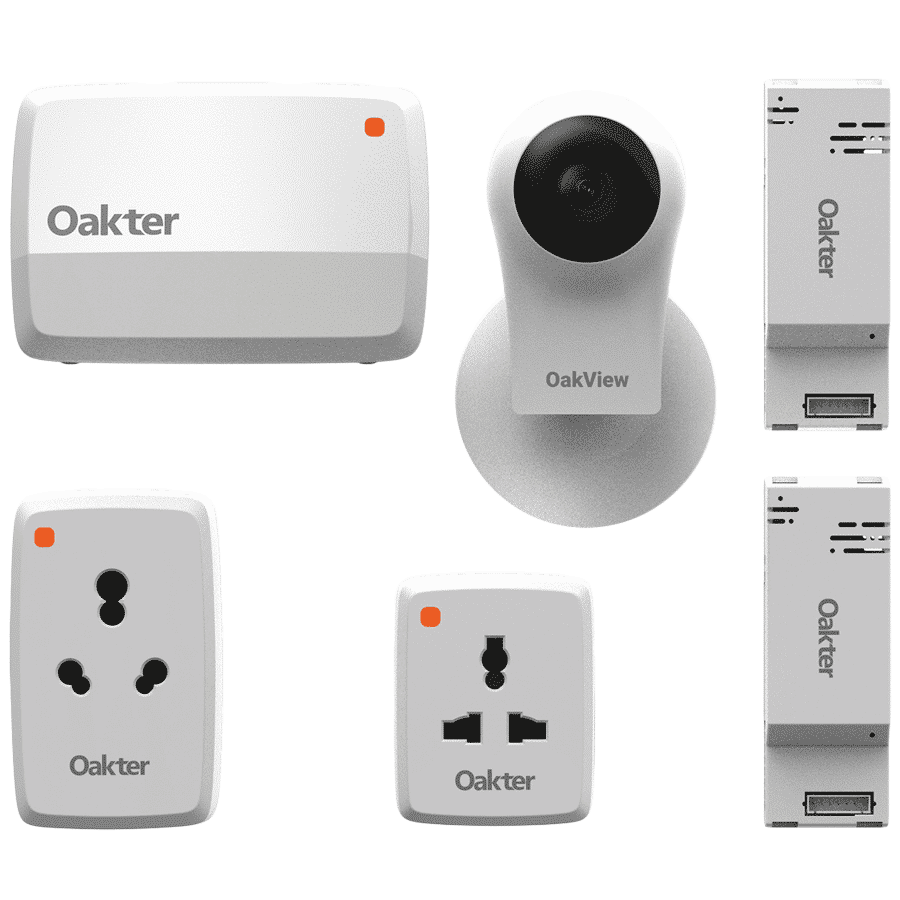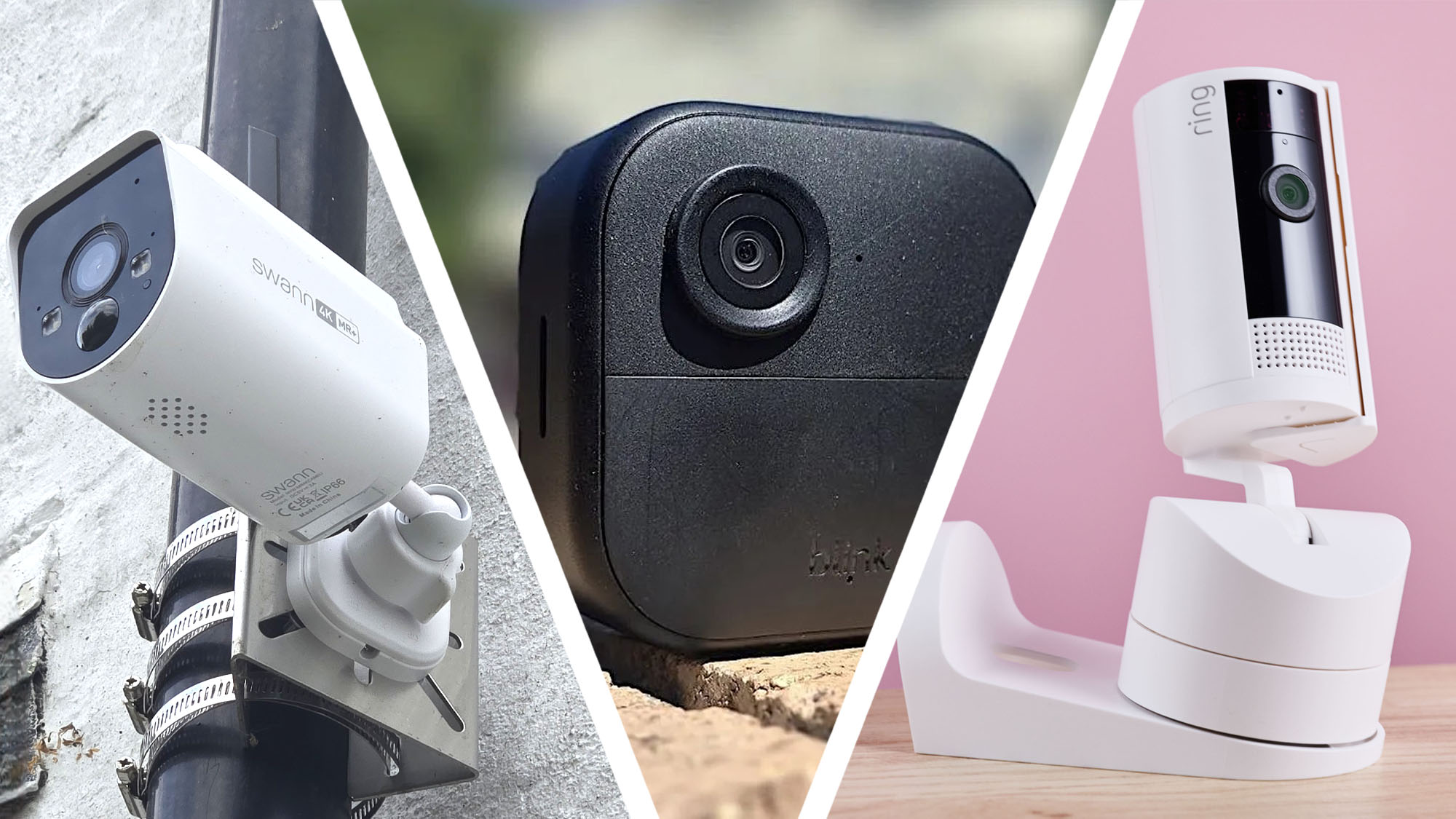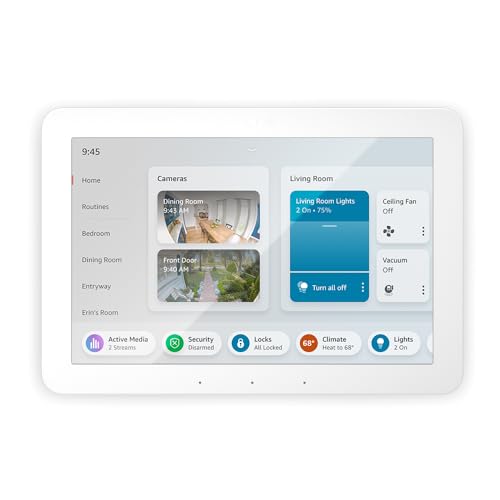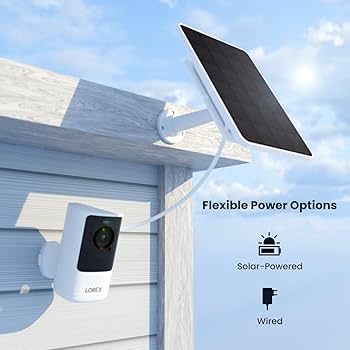Are you tired of slow internet and constant buffering? Your home or office Wi-Fi might be holding you back.
A dual-band router could be the game-changer you need. Imagine smoother streaming, faster downloads, and fewer dropped connections—all at the same time. You’ll discover how a dual-band router can boost your internet experience and why it’s worth upgrading now. Keep reading to unlock the secrets to better, more reliable Wi-Fi.

Credit: www.sdmfoundation.org
Dual-band Router Basics
Dual-band routers use two separate frequency bands to send and receive data. This helps improve wireless performance and reduce interference.
They are common in many homes and offices. Using two bands lets devices connect more smoothly and faster.
What Is A Dual-band Router
A dual-band router can send wireless signals on two different frequencies. These frequencies work at the same time.
This lets you connect many devices without slowing down your internet speed. It is better than older routers that use only one band.
Frequency Bands Explained
Dual-band routers use two main frequency bands: 2.4 GHz and 5 GHz. Each band has its own strengths and limits.
- 2.4 GHz:Covers longer distances but can be slower. Many devices use this band.
- 5 GHz:Offers faster speeds with less interference. It works best nearby the router.
Choosing the right band helps balance speed and coverage for your devices.
How Dual-band Differs From Single-band
Single-band routers use only one frequency, usually 2.4 GHz. This can cause slowdowns if many devices connect at once.
Dual-band routers send data on both 2.4 GHz and 5 GHz bands. This reduces traffic and interference on the network.
- Single-band routers have limited speed and range.
- Dual-band routers offer better speed and less congestion.
- Dual-band can support more devices at the same time.
Speed Improvements
Dual-band routers help improve internet speed by using two frequency bands. This lets devices connect faster and more smoothly.
These routers reduce slowdowns and keep your network working well even with many devices connected.
Faster Data Transfer Rates
Dual-band routers offer higher data transfer speeds by using both 2.4 GHz and 5 GHz bands. The 5 GHz band supports faster connections for devices close to the router.
This means large files, videos, and games move quickly without delays or buffering.
Reduced Network Congestion
With two bands, devices spread out their connections. This lowers traffic on each band and reduces slowdowns.
Less congestion means your network stays fast even when many devices use it at once.
Optimizing Band Selection
Dual-band routers can choose the best band for each device. Devices that need speed use 5 GHz, while others use 2.4 GHz for longer range.
This smart choice keeps connections strong and fast for all devices on the network.
Connectivity Enhancements
Dual-band routers use two frequency bands to improve internet connections. This helps devices stay connected with less interference and better speed.
These routers support more devices and provide stronger signals over larger areas. They keep your network stable and fast.
Better Device Compatibility
Dual-band routers work with both older and newer devices. They offer 2.4 GHz for basic devices and 5 GHz for faster, modern ones.
This means your smartphone, laptop, smart home devices, and gaming consoles can all connect smoothly without issues.
Improved Range And Coverage
The 2.4 GHz band covers longer distances and passes through walls well. The 5 GHz band provides faster speeds but covers shorter distances.
Using both bands lets you get strong signals all over your home or office. You can enjoy reliable Wi-Fi even in far rooms.
Handling Multiple Devices Efficiently
Dual-band routers split devices between two bands. This reduces traffic on each band and keeps speeds high.
More devices can connect without slowing down your network. This is great for busy homes or offices with many users.
- 2.4 GHz band for simple devices like smart bulbs
- 5 GHz band for streaming and gaming devices
- Less interference means fewer connection drops
- Better overall network performance

Credit: www.mensjournal.com
Practical Benefits
A dual-band router sends data over two frequency bands. This helps reduce interference and boosts speed. Many homes have many devices that need good internet connections.
Dual-band routers let you connect devices to different bands. This creates a smoother experience for users. It is useful for many daily activities.
Streaming And Gaming Performance
Dual-band routers improve streaming by lowering buffering times. The 5 GHz band offers faster speeds and less interference. This helps when watching HD videos or live streams.
Online gaming needs fast and stable connections. Using the 5 GHz band reduces lag and interruptions. It keeps games running smoothly for better play.
- Faster video loading
- Clearer streaming quality
- Lower ping for games
- Less signal interference
Work From Home Advantages
Working from home needs reliable internet. Dual-band routers separate work devices from others. This helps keep video calls clear and files upload fast.
Using the 5 GHz band for work tasks means less interruption. The 2.4 GHz band can run less urgent devices. This balance keeps work running without delays.
- Stable video meetings
- Fast file transfers
- Less network congestion
- Better device management
Smart Home Integration
Smart home devices often use the 2.4 GHz band. This band has longer range but lower speed. Dual-band routers handle many devices easily in different bands.
Separating smart devices from heavy internet use stops slowdowns. The router keeps smart lights, thermostats, and cameras connected well. This helps your smart home work without issues.
- Longer range for smart devices
- Less interference with other devices
- Stable connections for home automation
- Easy to add more smart gadgets
Setup And Configuration Tips
Setting up a dual-band router can improve your internet speed and reduce interference. Proper configuration helps both 2.4 GHz and 5 GHz bands work well together.
These tips will guide you through choosing channels, securing your network, and keeping your router updated for best performance.
Choosing The Right Channel
Pick the right channel to avoid interference from other routers. The 2.4 GHz band has fewer channels and more overlap.
The 5 GHz band offers more channels and less interference. Use it for devices that need faster speeds.
- Use a Wi-Fi analyzer app to find free channels
- Choose channels 1, 6, or 11 on 2.4 GHz to reduce overlap
- Pick any clear channel on 5 GHz for better speed
- Change channels if you notice slow or unstable connections
Securing Your Dual-band Network
Security keeps your data safe and stops others from using your internet. Use strong passwords for both bands.
Enable WPA3 or WPA2 encryption. Turn off WPS and guest networks if not needed to reduce risks.
- Create a unique, strong password with letters, numbers, and symbols
- Use WPA3 or WPA2 security settings on your router
- Disable WPS to prevent easy hacking
- Turn off guest networks if you don’t use them
Firmware Updates And Maintenance
Keep your router’s firmware up to date to fix bugs and improve security. Check for updates regularly.
Restart your router now and then to keep it running smoothly. Back up your settings before updating firmware.
- Check your router’s admin page for firmware updates monthly
- Download updates only from the official router brand website
- Restart your router every few weeks for better performance
- Save your settings before applying any updates

Credit: www.excitel.com
Common Misconceptions
Many people do not fully understand what dual-band routers do. Some ideas about their use and benefits are wrong.
This article clears up common mistakes about dual-band routers. It helps you know when they work best.
Dual-band Vs Tri-band
Dual-band routers use two frequency bands: 2.4 GHz and 5 GHz. Tri-band routers add one more 5 GHz band.
People think tri-band routers are always better. But this is not true for small homes or few devices.
- Dual-band suits most homes with moderate devices.
- Tri-band helps when many devices connect at once.
- Tri-band is helpful in busy networks but costs more.
Myths About Interference
Some believe dual-band routers face heavy interference on the 2.4 GHz band. This is partly true but often exaggerated.
The 5 GHz band has less interference but shorter range. Both bands have strengths and limits depending on your space.
- 2.4 GHz passes through walls better but has more devices using it.
- 5 GHz is faster but works best in open areas.
- Interference depends on your home and other electronics nearby.
When Dual-band Might Not Help
Dual-band routers do not fix all Wi-Fi problems. They may not improve speed if your internet plan is slow.
Also, if your devices only support 2.4 GHz, the 5 GHz band is useless to them. Placement of the router also matters.
- Slow internet means no faster Wi-Fi speed.
- Old devices may not use 5 GHz band.
- Router placed far away lowers signal quality.
Frequently Asked Questions
What Is A Dual-band Router?
A dual-band router operates on two frequency bands: 2. 4 GHz and 5 GHz. This allows for reduced interference and better connectivity. The 2. 4 GHz band is suitable for long-range connections, while the 5 GHz band offers faster speeds for short-range connections.
How Does Dual-band Improve Internet Speed?
Dual-band routers help reduce congestion by providing two separate channels for data. This means fewer devices on a single band, leading to faster and more reliable internet connections. It optimizes performance, especially in homes with multiple devices.
Can Dual-band Routers Reduce Network Interference?
Yes, dual-band routers can significantly reduce network interference. They offer two frequency bands, allowing devices to switch to the less congested band. This helps in avoiding interference from other devices like microwaves and Bluetooth connections.
Are Dual-band Routers Better For Gaming?
Dual-band routers are excellent for gaming. The 5 GHz band offers higher speeds, ideal for online gaming. Reduced latency and less interference ensure a smoother gaming experience, making dual-band routers a popular choice among gamers.
Conclusion
Choosing a dual-band router brings many clear benefits. It helps reduce Wi-Fi interference and keeps connections stable. Devices can connect faster on the less crowded 5 GHz band. The 2. 4 GHz band reaches farther, covering larger areas. This balance supports many devices at once without slowing down.
Families and small offices especially gain from this setup. A dual-band router offers better speed and reliability. It makes online activities smoother and more enjoyable. Simple yet effective for everyday internet needs.
17 min read

